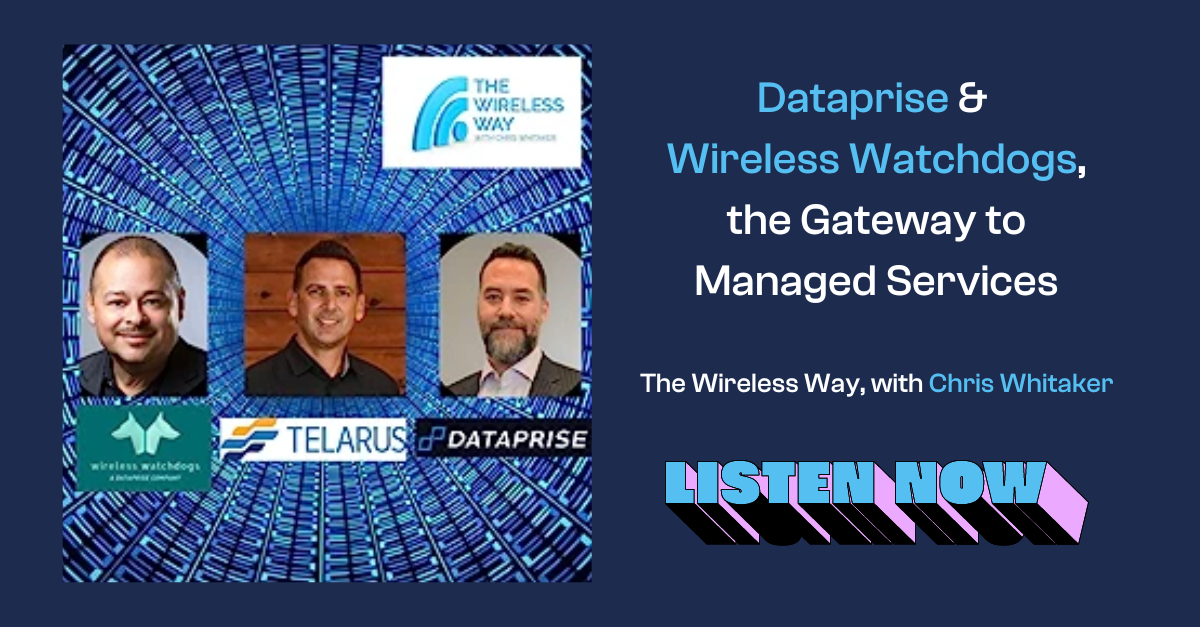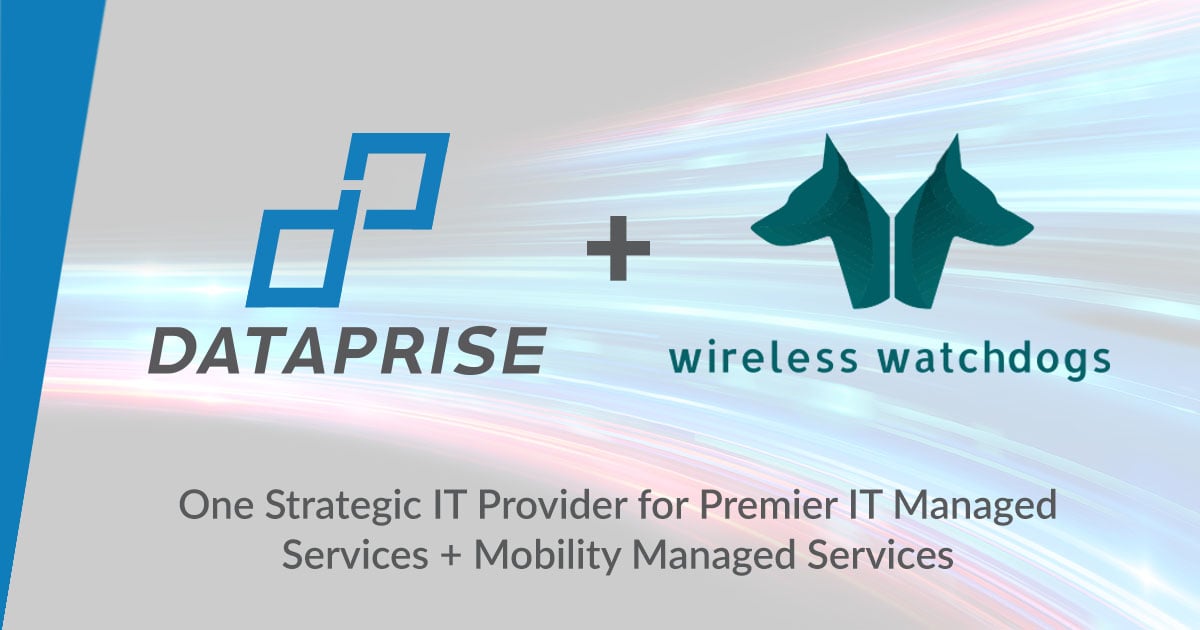It is, in part, human nature to expect that worst-case scenarios never actually materialize. And because we carry our human natures with us when we head into the office, our expectation that truly devastating negative scenarios are rare come with us. Unfortunately, bad things do sometimes happen – and when they do, it’s important that your business be prepared to deal with and recover from whatever comes its way.
In the pre-Internet era, disaster recovery plans concerned themselves in large part with things like fire, flood, earthquakes, and other physical calamities. But in today’s connected environment, disasters of a digital nature can be every bit as devastating as physical disasters, and potentially even more so. That’s why digital disaster recovery plans are vital to any business, and should be developed alongside of and in conjunction with more traditional business continuity plans. Such plans will be invaluable to your IT team, and will help you prepare a coordinated response that helps your company recover after a devastating cyberattack, data breach, or other digital disaster.
Prioritizing Your Response
Make sure your prioritized response follows a logical order that restores your business operations without exposing you to even more liability.
While IT disasters are chaotic for the entire organization, recovery must be methodical and prioritize the most critical systems. Ready.gov recommends putting together an inventory of hardware, software, and business data, and then rank this inventory in order of its recovery priority.
Keep in mind that certain solutions require other supporting hardware and problem-fixers to effectively run. For example, there’s no point in reactivating mobile devices if the mobile device management system remains offline: This would only result in hundreds, even thousands of devices being restored without the necessary security in place, and could even lead to endlessly-repeating cycles of restoring and reinfection.
Installing Data Backup Methods
In a disaster, data is liable to be stolen, corrupted, compromised, or lost. The implications for this data loss can vary from one company to the next, but for many businesses, lost data can cripple operations even after systems are back online.
Data backup solutions should be identified ahead of time to properly store and protect data, and a backup recovery plan should be included in your larger disaster recovery plan.
Identify what data is saved and where, and organize a process for restoring this data as systems return to normal. Use your mobile device management solution to review devices within the network and re-install updates and software patches that were lost along with the data breach.
Identifying Where You Can Turn For Support
Disaster recovery efforts will place great strain on your organization, especially within your IT department. A little support can go a long way, and it helps to know which organizations can offer assistance.
In the aftermath of a security disaster, make sure you know which software vendors offer IT support for disaster recovery, and find out whether they have stored copies of data that can be used to replace data you may have lost.
Cyberattacks and security breaches put your entire company at risk, and can take down your mobile device management system, website, services, and everything connected to the company’s information technology. It will take time to recover, but a disaster recovery plan will be instrumental in helping you find your way back while prioritizing your focus on the most critical systems at risk.
Recommended Resource: 10 Essential Things to Look for in a Failover Solution
Pre-Disaster Proactivity
Aside from putting plans in place for how to deal with a digital disaster once such an event occurs, there are also steps you can take to proactively mitigate digital disasters before they ever take place.
Be sure, for example, that you have failover capabilities in place for all of your digital and connected devices. What a failover solution looks like will differ across the enterprise network, of course. SQL servers will need multiple nodes in multiple locations for true failover capability, for example, while failover for connected devices such as tablets and IoT sensors will be more along the lines of connectivity redundancy. For instance, if your business is fielding thousands of connected devices on a particular cellular network, a true failover solution for those devices will allow for their connectivity on a different network if the primary should go down.
Another proactive step that IT departments can take is to make sure that their devices and networks are as hardened as possible against cyberattack, mitigating or even preventing digital disasters owing to bad actors. A primary vector of such attacks is through outdated firmware on connected devices, which frequently has known exploits that hackers can take advantage of. Manufacturers issue firmware updates that close off these exploits as they are identified, but if the firmware isn’t updated by a business then obviously the exploits will remain on its devices. Thus, in looking to head off disaster, a solution that keeps device firmware up to date across a business’s network can be an immensely important part of digital disaster prevention.
Of course, preventing and mitigating disasters can be a little bit like boxing, as Mike Tyson put it: Everyone has a plan until they get punched in the mouth. But proper safeguards up front will help head off disasters, and proper planning for what needs to happen after disaster strikes will help your business recover in as quickly a time as possible.
Managed Services can help ensure you're putting together a solid disaster recovery plan. If you'd like to learn how, request a demo today. We offer a range of services -- from failover to security -- that give you the peace of mind that comes from having a clear plan and a dedicated support team.








